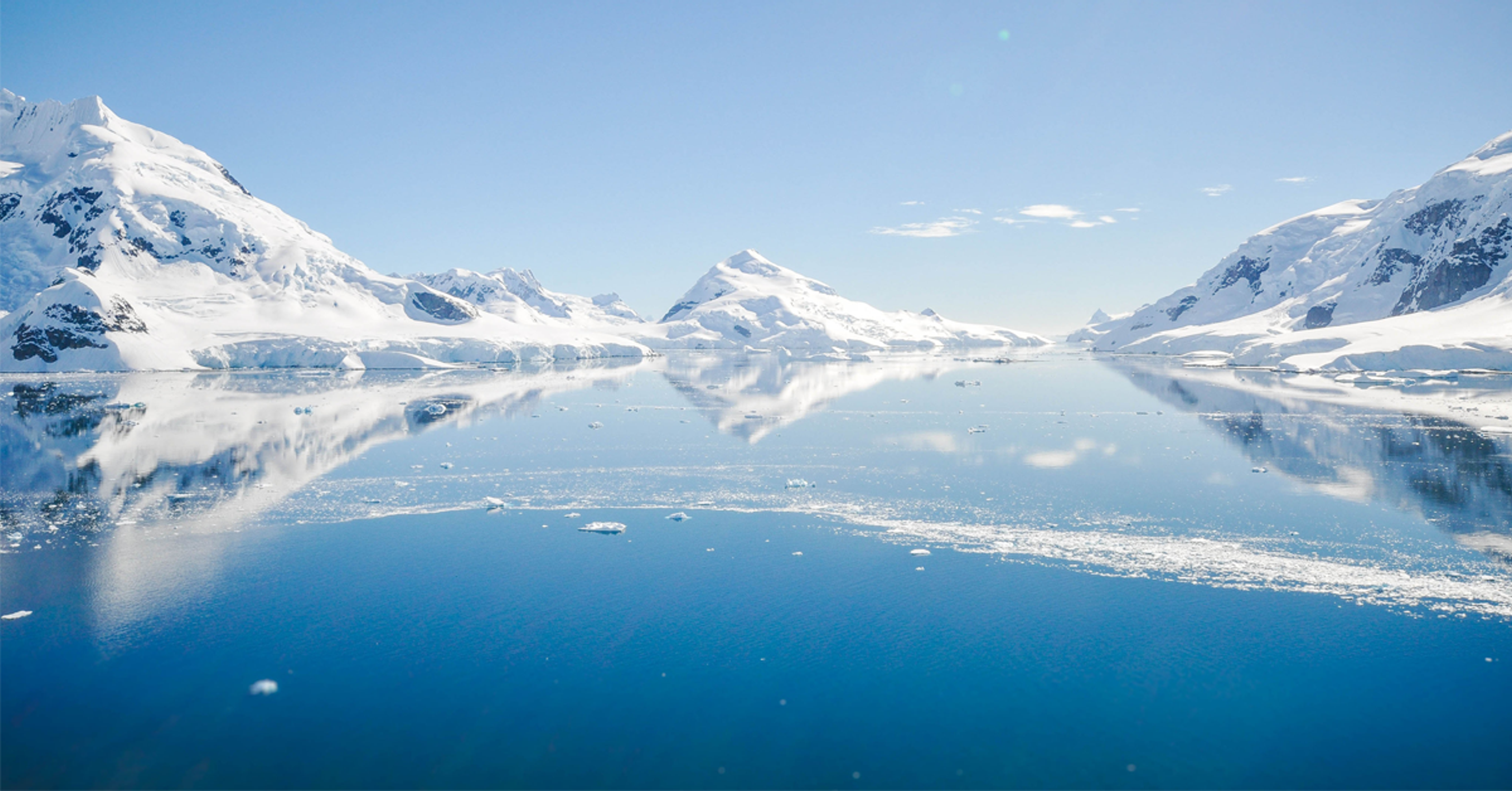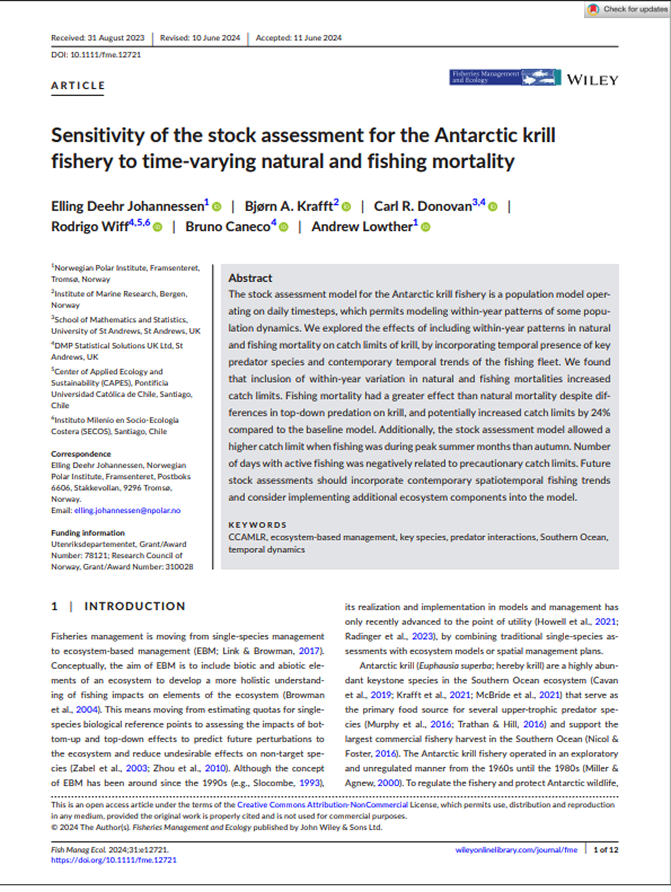
Biomass
Fisheries management
Antarctic ecosystem
Krill (Euphausia superba)
Estimated summer abundance and krill consumption of fin whales throughout the Scotia Sea during the 2018/2019 summer season
Summary
This 2019 whale survey in the Southern Ocean found dramatically more fin whales than expected. Scientists counted approximately 53,873 fin whales - at least 10 times more than found in 2000 (4,670 whales).The whales were most common around the South Orkney Islands, eastern Bransfield Strait, and in large feeding groups in the central Scotia Sea. These whales eat about 7.97 million tonnes of krill each summer - roughly 20 times more than commercial fishing takes from the same area.This increase shows fin whale populations are recovering well from past whaling. The findings highlight that whale populations must be considered when managing Antarctic fisheries, as whales are now major consumers of krill - a key food source in Antarctic waters.

1
Map showing the routes of three research vessels - R/S Kronprins Haakon (KPH), F/V Cabo de Hornos (CDH) and RRS Discovery (DIS) - that participated in the 2019 Antarctic krill survey in Area 48. The thick lines show when the vessels were actively collecting data (KPH in blue, CDH in light brown and DIS in green). Orange circles show where fin whales were spotted, with larger circles indicating more whales seen together.Key Findings
1
Fin whale abundance estimated at 53,873 in the Scotia Sea region, at least 10 times more than found in 20002
Fin whales were most common around the South Orkney Islands and eastern Bransfield Strait3
Annual krill consumption by fin whales estimated at 7.97 million tonnes - 20 times more than commercial fishery catch 4
Fin whale krill consumption represents about 12.7% of the 2019 summer krill standing stock 5
Evidence of substantial recovery of fin whale populations following historical whaling 

